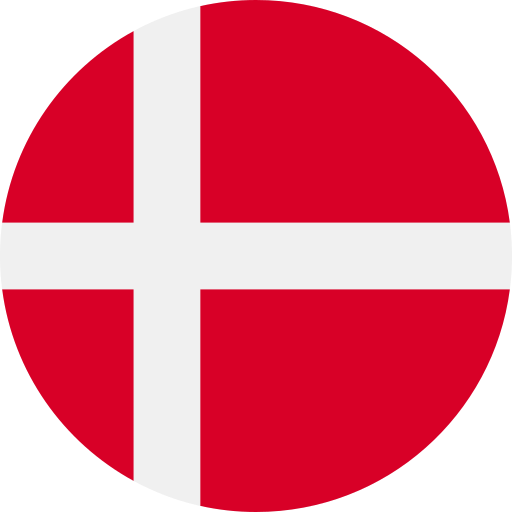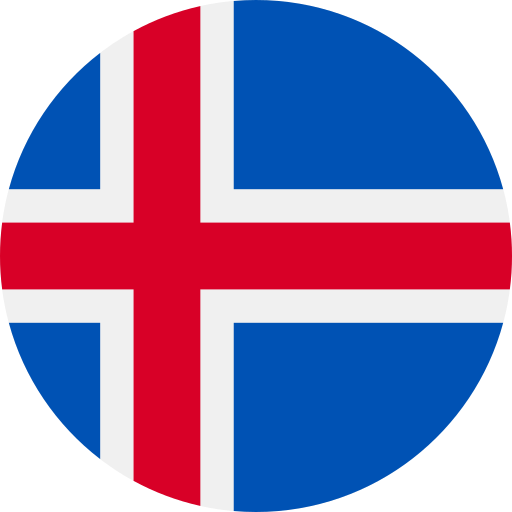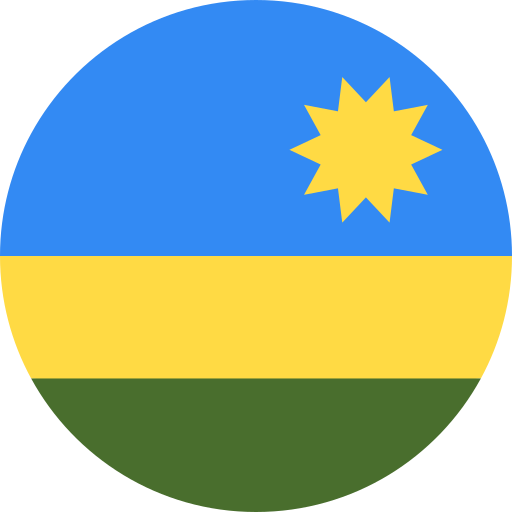This table provides metadata for the actual indicator available from Faroe Islands statistics closest to the corresponding global SDG indicator. Please note that even when the global SDG indicator is fully available from Faroese statistics, this table should be consulted for information on national methodology and other Faroese-specific metadata information.
Text answer
Faroe Islands does not compile continuous and official statistics in accordance with the methodology of the indicator.The Immigration Office (Útlendingastovan) provides guidance for foreigners on Faroese matters.
A law on integ ration is currently being prepared aiming at securing immigrants ample opportunities to thrive and work in Faroe Islands.
Decisions regarding residence and work permits for the Faroe Islands are made by the Danish Agency for International Recruitment and Integration and the Danish Immigration Service in Denmark after consulting The Government of The Faroe Islands.
 See how this indicator is developing in other countries
See how this indicator is developing in other countries
This table provides information on metadata for SDG indicators as defined by the UN Statistical Commission. Complete global metadata is provided by the UN Statistics Division.
| Indicator |
Indicator 10.7.2: Proportion of countries with migration policies that facilitate orderly, safe, regular and responsible migration and mobility of people |
|---|---|
| Target |
Target 10.7: Facilitate orderly, safe, regular and responsible migration and mobility of people, including through the implementation of planned and well-managed migration policies |
| Metadata update |
2023-03-31 |
| International organisations(s) responsible for global monitoring |
International Organization for Migration (IOM) and United Nations Department of Economic and Social Affairs (DESA) as custodian agencies |
| Related indicators |
Indicator 10.7.2 is complementary to several related SDGs indicators. These include, but are not limited to: Indicator 8.8.1 “Frequency rates of fatal and non-fatal occupational injuries, by sex and migrant status”; Indicator 8.8.2. “Level of national compliance of labour rights (freedom of association and collective bargaining) based on International Labour Organization (ILO) textual sources and national legislation, by sex and migrant status”; Indicator 10.7.1. “Recruitment cost borne by employee as a proportion of yearly income earned in country of destination”; Indicator 10.7.3. “Number of people who died or disappeared in the process of migration towards an international destination”; Indicator 10.7.4. “Proportion of the population who are refugees, by country of origin”; Indicator 10.c.1 “Remittance costs as a proportion of the amount remitted”. Indicator 10.7.2 is also complementary to other national migration monitoring frameworks, including IOM’s MGI, which entered its third phase in 2018. The MGI operates as a policy-benchmarking framework and offers insights into policy levers that countries could use to further develop their migration governance. It contains nearly 90 questions related to countries’ national migration policies, which fall under the same six domains as indicator 10.7.2. |
| Link to UN metadata | Metadata on this indicator opens in a new window |










